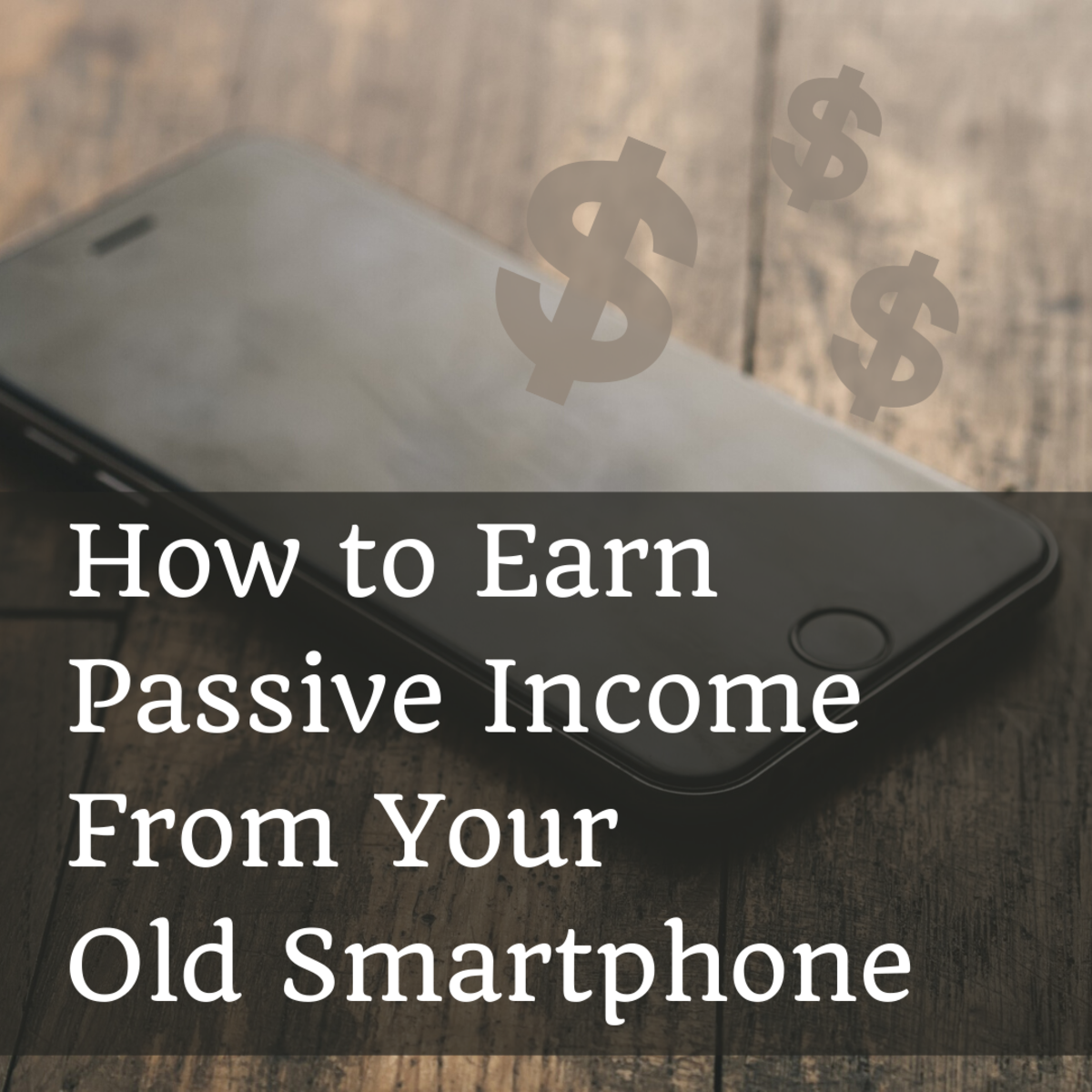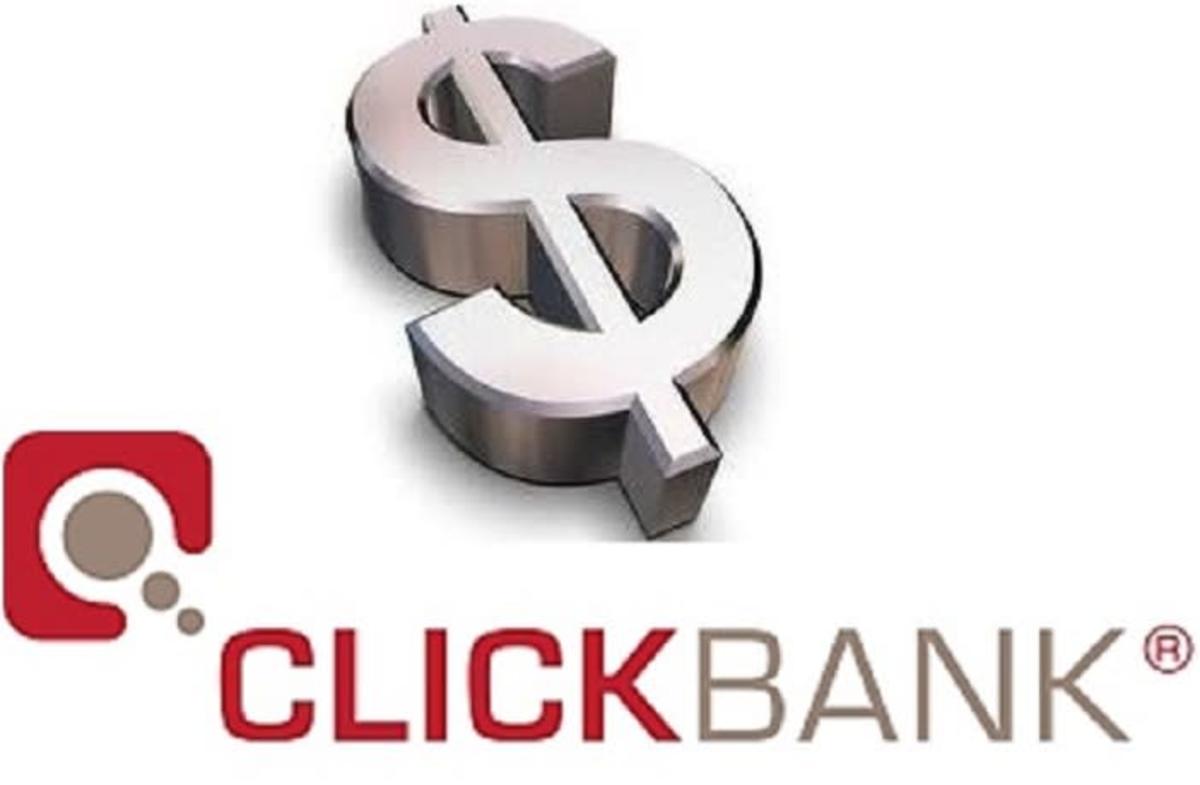Investing for Income: How to Buy Treasury Bonds
Treasury Bonds have long been considered a safe and conservative investment option when investing for income. Even with the recent downgrade by Standard & Poors, U.S. Treasury Bonds are still considered very safe. In fact, after the downgrade, money continued to pour into Treasuries as the stock market tanked.
Once purchased, Treasury Bonds provide semi-annual interest payments for the life of the bond term, typically ten to thirty years. If held until the end of the term, the full principal is returned to the investor. With guaranteed income, full return of principal, and government backing, it's easy to see why many investors prefer Treasury Bonds over stocks, especially in these turbulent times. Unfortunately, many people don't understand how bonds work or where to purchase them. This article will answer all of these questions for you so that you too can invest for income by purchasing Treasury Bonds.

What is a Bond?
A bond is basically a loan. In the case of Treasury Bonds, the United States Government sells bonds to raise money. So basically, the bond purchaser is providing a loan to the government and is paid interest for the use of the money. Treasury Bonds are sold in $1000 increments and the interest paid depends on the length of the bond term and the demand for the bond. If there's high demand for bonds at the date of issuance, the interest rate will be lower. On the other hand, if the demand is low, the rate will be pushed higher to attract investors. Interest rates will be higher for longer bond terms and lower for shorter terms.
Understanding Bonds
When you start looking at bonds, you'll hear several terms that might be unfamiliar to you but that you'll need to understand.
- Coupon: This just means the interest rate that the bond pays. Most long term Treasury Bonds have two coupon or interest payments per year.
- Yield: The rate of return on a bond. It's calculated by dividing the coupon by the price.
- Maturity Date: The date at which the bond will be repaid by the issuer. This is when you'll get your principal back in full.
- Price: If you purchase a bond at issuance, the price is $1000, which is stated as 100. Bonds that are purchased or sold after the original date of issuance but before the maturity date can have a higher or lower price due to changes in the prevailing interest rates. For example, if you purchase a bond that was issued in the 1980's when interest rates were above 10%, you'll pay a premium for the bond. This price would be quoted as something like 120, meaning that the price is $1200 for a bond with a face value of $1000.
- Secondary Market: Bonds that are bought and sold after the original issue date are said to be on the secondary market.
Bonds sold on the secondary market fluctuate in price depending on the interest rates. If interest rates rise, bond prices fall. If interest rates fall, bond prices increase.
- TreasuryDirect
Go to Treasury Direct to buy Treasury bills and bonds without paying a commission or fee. - Investing for Income: How to Buy Municipal Bonds
If you're looking to avoid the volatility of the stock market and reap tax free returns, you should consider investing in municipal bonds. Read on to learn all about these relatively safe investments.
Where to Purchase Treasury Bonds
For someone just starting out purchasing Treasury Bonds or for a smaller investor, the best way to purchase individual bonds is through Treasury Direct. There is no commission payment or fee for purchasing bonds through Treasury Direct. Simply go to www.treasurydirect.gov to open an account and get started. You can sign up for an email alert that will let you know about upcoming Bond auctions. Prior to the auction date, you simply log on to your account and specify which Bond you'd like to purchase and in which amount. The funds for your purchase are withdrawn from your linked bank account on the day of the auction. Six months later, you'll receive an interest payment. In another six months you'll receive a second interest payment. These semi-annual interest payments will continue for the life of the bond.
Another way to purchase Treasury Bonds is through a brokerage account. When purchasing this way, you'll pay a small fee that's built into the price of the bond. You'll also probably be required to purchase in larger quantities than is required through Treasury Direct. The benefit of buying bonds through a brokerage is that if you want to sell the bond before maturity, it's easy to do that through the brokerage, which is an organized secondary market. When you buy through Treasury Direct and want to sell, you'll need to transfer your bond to a brokerage first before selling, a minor inconvenience.
If you purchase enough bonds and you have interest payments coming in every month, you could conceivably use those payments to replace your income from paid employment. And you can accomplish that without risking the loss of your principal, as long as you hold the bond to maturity. If you decide to sell your bonds prior to maturity, you'll expose yourself to more risk since the price of the bond could decline if interest rates increase. So consider carefully before investing.
- Why Your Retirement Savings May Be Enough After All
Financial planners usually advise their clients to plan to need 80% of their pre-retirement income in retirement. New research conducted by the National Bureau of Economic Research challenges that assumption. They say that focusing on consumption in - Eliminate Debt and Increase Wealth by Changing How You Think About Money
By changing how you view money, you can eliminate debt and build wealth. - Investing for Income: How to Set Up a Dividend Stock Portfolio that Returns 7%
Investing in dividend stocks is a great way to earn a higher return on your investments. Anyone can do it, even the smallest investor. As dividends are reinvested back into the companies you own, your wealth will grow. - 5 Steps for How to Achieve Financial Independence
Financial independence or financial freedom is possible, even on a smaller income. These five steps and discipline will make it a reality. Get out of debt, reduce your living expenses, invest your money, and get ready to retire. - Investing for Income
I have a blog about real assets to which I post approximately once per month or so. I started the blog since I am convinced that owning real assets is important to hedge against the devastating effects of... - Surefire Tips for How to Reduce Your Living Expenses
In order to cut your living expenses, you need to know what you're spending now. That's why tracking your expenses is so important. Learn how to track and analyze your expenses to save more money and build wealth.









